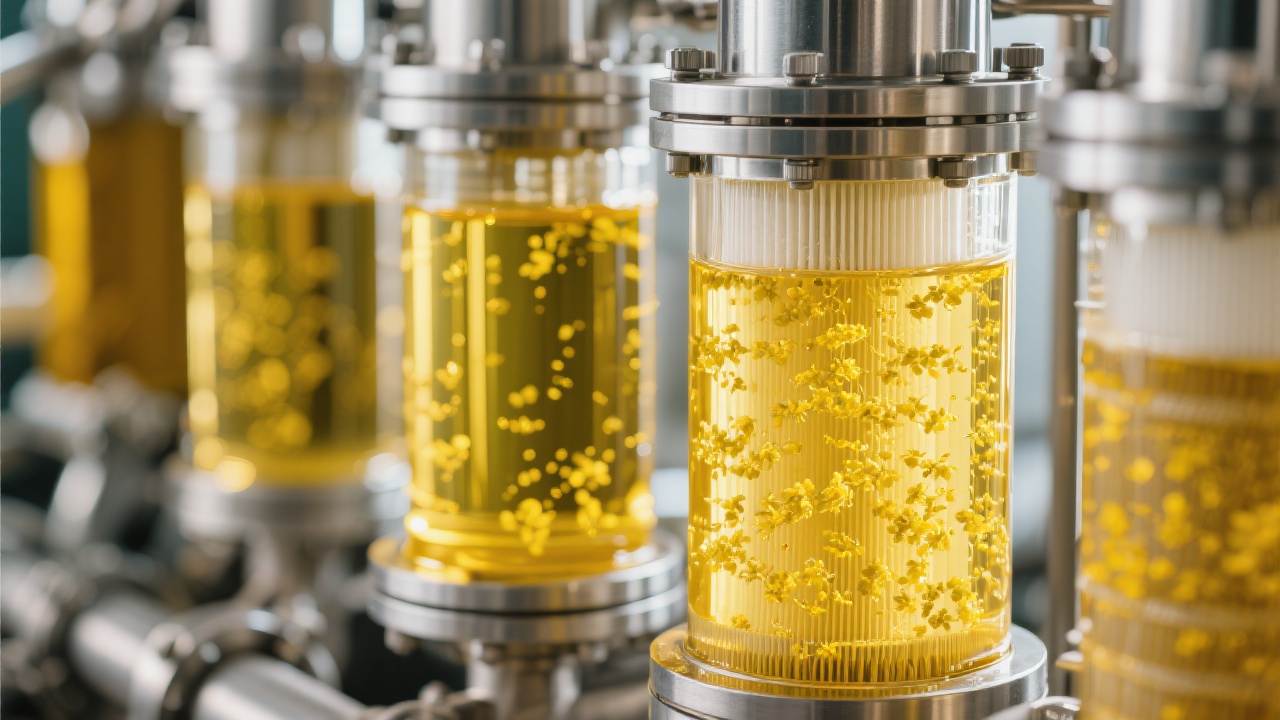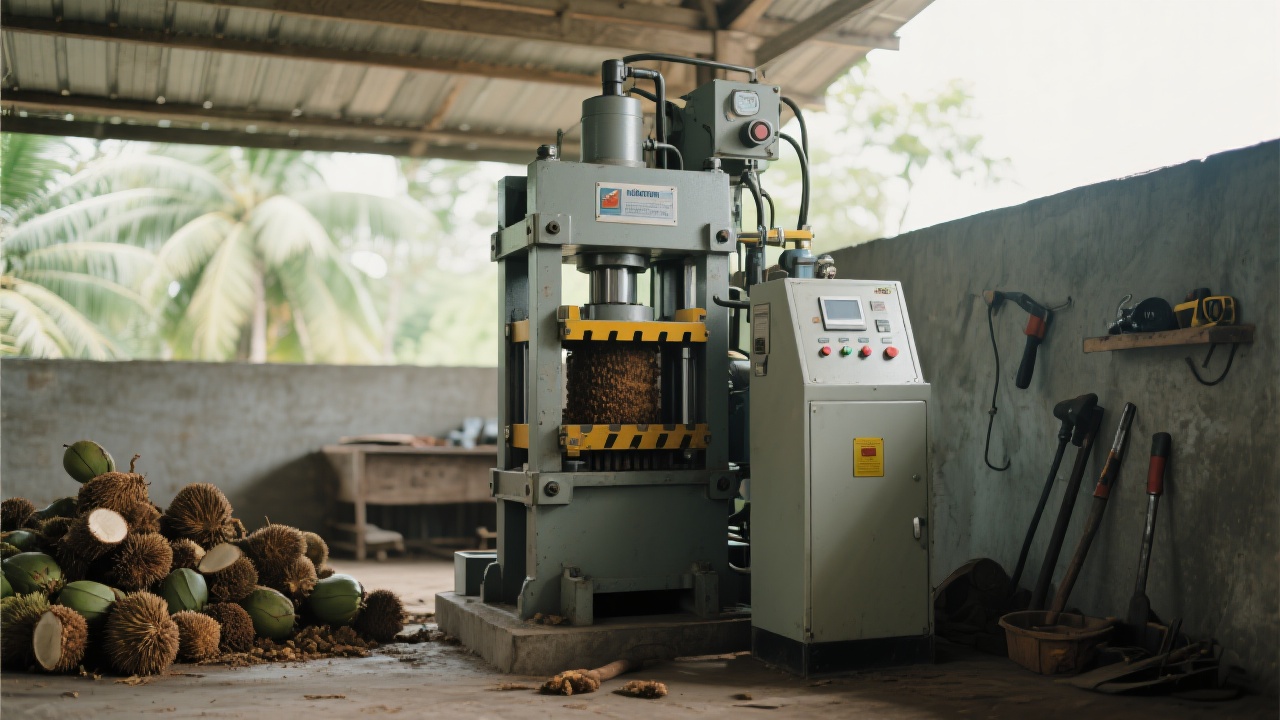
In the global edible oil industry, consistent yield and superior purity are not just goals—they’re requirements for competitiveness. At QIE Group, we’ve engineered a full-process hydraulic oil extraction system that delivers exactly that, with proven performance across soybean, sunflower, palm, and peanut oils.
Before any pressing begins, raw seeds must be cleaned thoroughly. Our integrated pre-treatment line includes:
For example, a client in Brazil reported a 12% reduction in filter clogging after implementing our magnetic separator—proving that clean input = smoother output.

The heart of the system is our multi-stage hydraulic press, designed for both high throughput and minimal oil loss:
| Capacity Range | Avg. Oil Recovery Rate | Energy Efficiency |
|---|---|---|
| 30–1000 tons/day | 92–95% | ≤ 0.8 kWh/kg oil |
This balance between productivity and efficiency makes it ideal for medium-to-large-scale producers aiming for stable daily output without compromising on quality.
Our patented multi-layer filtration system uses ceramic filters and vacuum degassing to remove phospholipids, free fatty acids, and trace metals—key factors affecting shelf life and compliance with EU/US standards.
“After switching to QIE’s filtration setup, our olive oil met ISO 22000 certification within six months—we now export to Germany regularly.” — Maria Lopez, Procurement Manager, Spain-based Refinery

Whether you're processing soybeans in North America or palm kernels in Southeast Asia, QIE systems adapt seamlessly. Real-world data shows:
These results reflect not just machine capability—but deep understanding of regional feedstock variations.
Choose QIE—not just equipment, but a long-term production partner built on real-world engineering.



